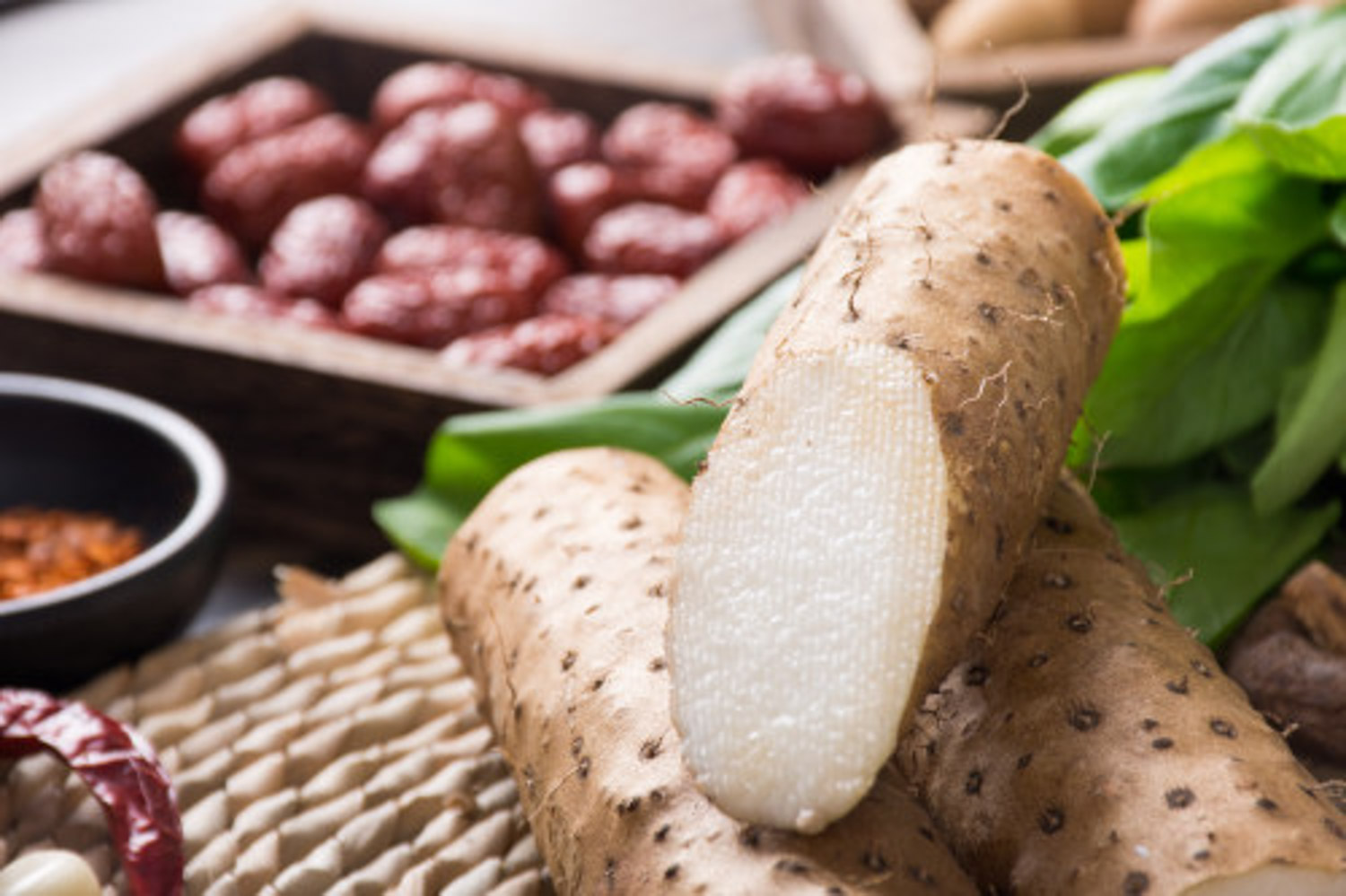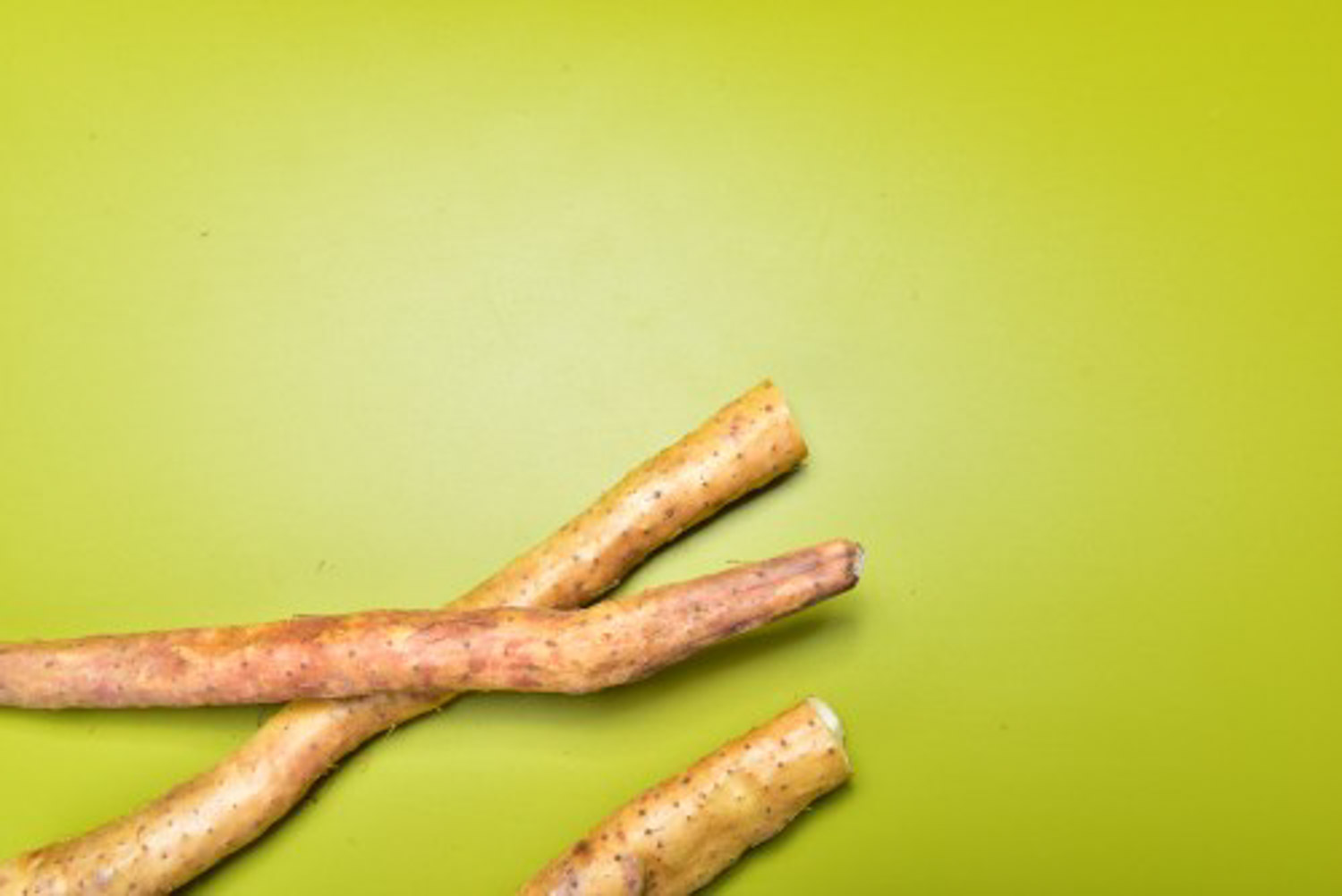1、 Harvest time
Yam is usually harvested from late October to November. After its aboveground stems and leaves wither, its tubers can be dug out. Because it is deeply buried in the soil, it can also spend the winter underground and dig it out the next spring. In addition, if it is planted in a greenhouse, the time of planting and harvesting will change, and it can be harvested in June

2、 How to plant
1. Selection of materials: yam is usually propagated asexually, and the planting materials are generally zero Yuzi or reed head. Lingyuzi, also known as yam bean, is its aboveground tuber. Generally, it can be collected when harvesting, but not all varieties have lingyuzi. Lutou, also known as Longtou, is the part with buds at the top of its tuber. It has strong regeneration ability and short emergence time

2. Land preparation and fertilization: before planting yam, it is necessary to fertilize the land. At this time, the fertilizer is the base fertilizer, which should be able to provide nutrients continuously. Therefore, organic fertilizer is selected with diammonium phosphate, urea and potassium sulfate. After fertilization, plough the soil and bury the fertilizer under it. After that, the ditch shall be opened. Since the yam grows vertically, a loose ditch 1 meter deep shall be dug to facilitate the growth of plants
3. Planting: yams can be planted when the ground temperature reaches 9-10 ℃. Generally, yams are planted from March to April in the south, late April in the north and may in the northeast. Put the prepared spare seeds or reed heads into the ditch with a distance of 25-30 cm. After planting, cover them with soil and pat them flat


 how many times do yo...
how many times do yo... how many planted tre...
how many planted tre... how many pine trees ...
how many pine trees ... how many pecan trees...
how many pecan trees... how many plants comp...
how many plants comp... how many plants can ...
how many plants can ... how many plants and ...
how many plants and ... how many pepper plan...
how many pepper plan...































